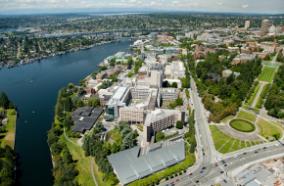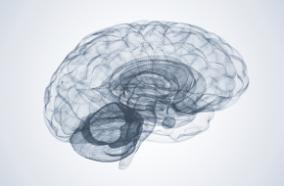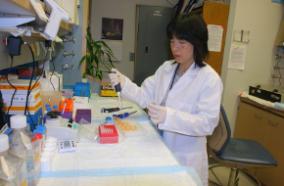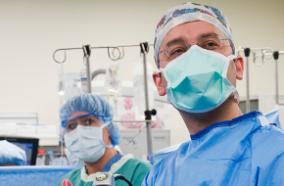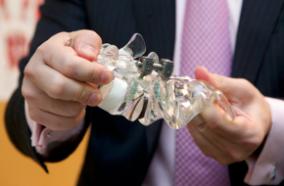UW Neurological Surgery Recent PubMed Publications
The Effects of Story-Telling on Emotional Experience: An Experimental Paradigm
The Role of Vitamin B6 in Women's Health
Peptides, Breathing, and Sudden Infant Death Syndrome
Proteomics as a Path to More Refined Heart Failure Therapeutics
Comparative history of Campylobacter contamination on chicken meat and campylobacteriosis cases in the United States: 1994-2018
Subtemporal, Transapical, and Transcavernous Approach to Clip Low-Lying Basilar Tip Aneurysm: 2-Dimensional Operative Video
Efficacy and Safety of Pembrolizumab or Pembrolizumab Plus Chemotherapy vs Chemotherapy Alone for Patients With First-line, Advanced Gastric Cancer: The KEYNOTE-062 Phase 3 Randomized Clinical Trial.
Efficacy and Safety of Pembrolizumab or Pembrolizumab Plus Chemotherapy vs Chemotherapy Alone for Patients With First-line, Advanced Gastric Cancer: The KEYNOTE-062 Phase 3 Randomized Clinical Trial.
JAMA Oncol. 2020 10 01;6(10):1571-1580
Authors: Shitara K, Van Cutsem E, Bang YJ, Fuchs C, Wyrwicz L, Lee KW, Kudaba I, Garrido M, Chung HC, Lee J, Castro HR, Mansoor W, Braghiroli MI, Karaseva N, Caglevic C, Villanueva L, Goekkurt E, Satake H, Enzinger P, Alsina M, Benson A, Chao J, Ko AH, Wainberg ZA, Kher U, Shah S, Kang SP, Tabernero J
Abstract
Importance: Safe and effective therapies for untreated, advanced gastric/gastroesophageal junction (G/GEJ) cancer remain an unmet need.
Objective: To evaluate the antitumor activity of pembrolizumab, pembrolizumab plus chemotherapy, or chemotherapy alone in patients with untreated, advanced G/GEJ cancer with programmed cell death ligand 1 (PD-L1) combined positive score (CPS) of 1 or greater.
Design, Setting, and Participants: The phase 3 KEYNOTE-062 randomized, controlled, partially blinded interventional trial enrolled 763 patients with untreated, locally advanced/unresectable or metastatic G/GEJ cancer with PD-L1 CPS of 1 or greater from 200 centers in 29 countries between September 18, 2015, and May 26, 2017.
Interventions: Patients were randomized 1:1:1 to pembrolizumab 200 mg, pembrolizumab plus chemotherapy (cisplatin 80 mg/m2/d on day 1 plus fluorouracil 800 mg/m2/d on days 1 to 5 or capecitabine 1000 mg/m2 twice daily), or chemotherapy plus placebo, every 3 weeks.
Main Outcomes and Measures: Primary end points were overall survival (OS) and progression-free survival (PFS) in patients with PD-L1 CPS of 1 or greater or 10 or greater.
Results: A total of 763 patients were randomized to pembrolizumab (n = 256), pembrolizumab plus chemotherapy (n = 257), or chemotherapy (n = 250). The median (range) age of all patients in the study cohort was 62 (20-87) years; 554 of 763 (72.6%) were men. At final analysis, after a median (range) follow-up of 29.4 (22.0-41.3) months, pembrolizumab was noninferior to chemotherapy for OS in patients with CPS of 1 or greater (median, 10.6 vs 11.1 months; hazard ratio [HR], 0.91; 99.2% CI, 0.69-1.18). Pembrolizumab monotherapy was not superior to chemotherapy in patients with CPS of 1 or greater. Pembrolizumab prolonged OS vs chemotherapy in patients with CPS of 10 or greater (median, 17.4 vs 10.8 months; HR, 0.69; 95% CI, 0.49-0.97), but this difference was not statistically tested. Pembrolizumab plus chemotherapy was not superior to chemotherapy for OS in patients with CPS of 1 or greater (12.5 vs 11.1 months; HR, 0.85; 95% CI, 0.70-1.03; P = .05) or CPS of 10 or greater (12.3 vs 10.8 months; HR, 0.85; 95% CI, 0.62-1.17; P = .16) or for PFS in patients with CPS of 1 or greater (6.9 vs 6.4 months; HR, 0.84; 95% CI, 0.70-1.02; P = .04). Grade 3 to 5 treatment-related adverse event rates for pembrolizumab, pembrolizumab plus chemotherapy, and chemotherapy were 17%, 73%, and 69%, respectively.
Conclusions and Relevance: This phase 3 randomized clinical trial found that among patients with untreated, advanced G/GEJ cancer, pembrolizumab was noninferior to chemotherapy, with fewer adverse events observed. Pembrolizumab or pembrolizumab plus chemotherapy was not superior to chemotherapy for the OS and PFS end points tested.
Trial Registration: ClinicalTrials.gov Identifier: NCT02494583.
PMID: 32880601 [PubMed - indexed for MEDLINE]


